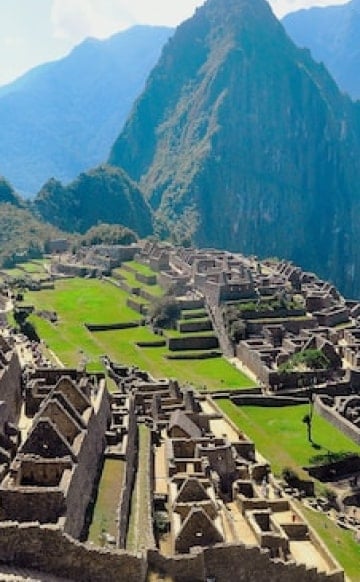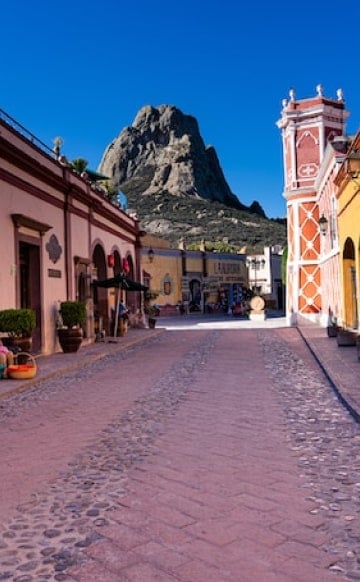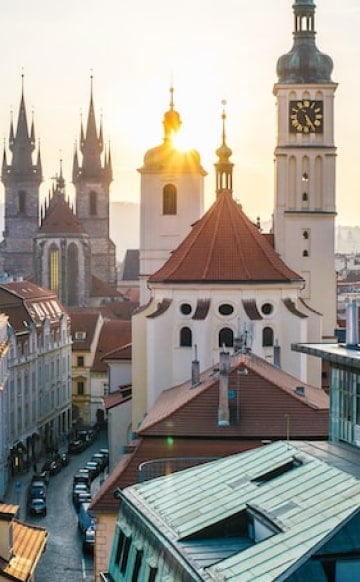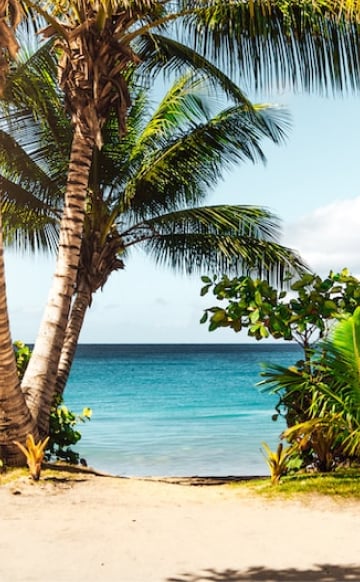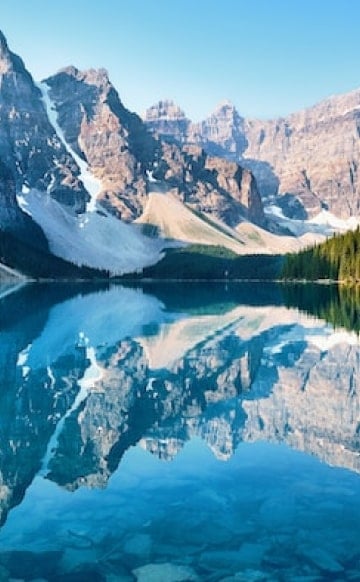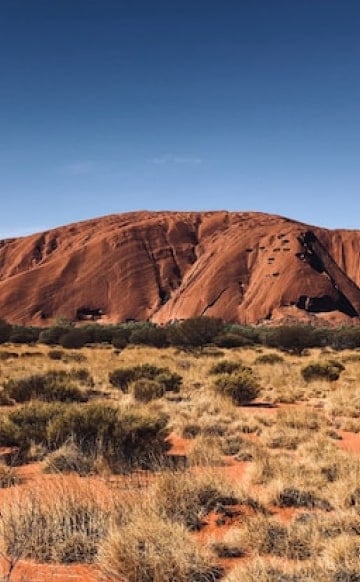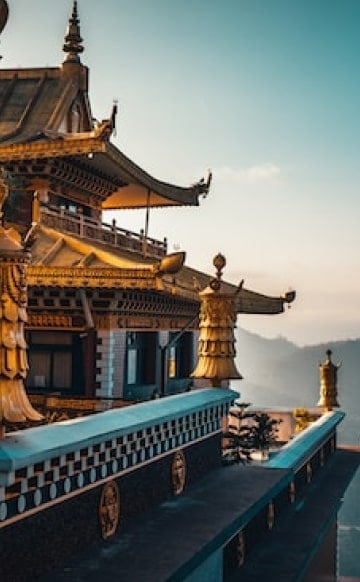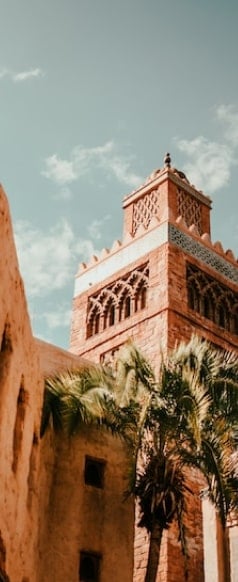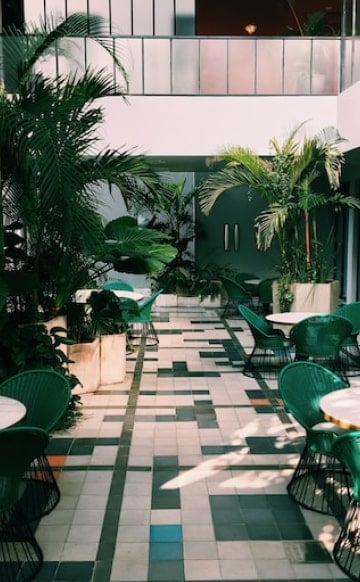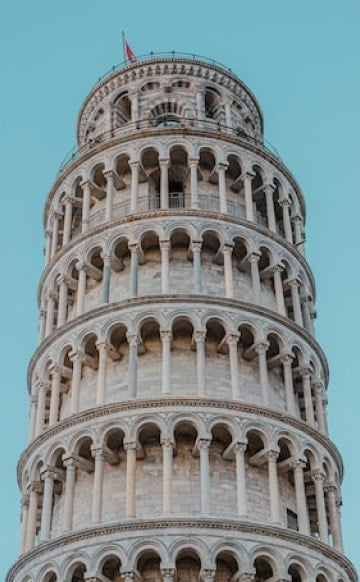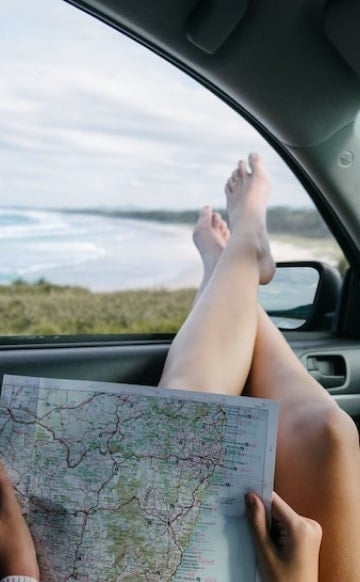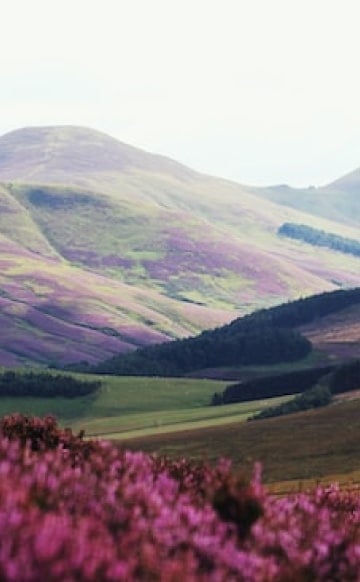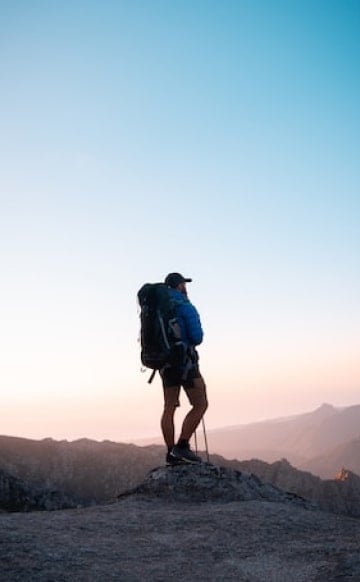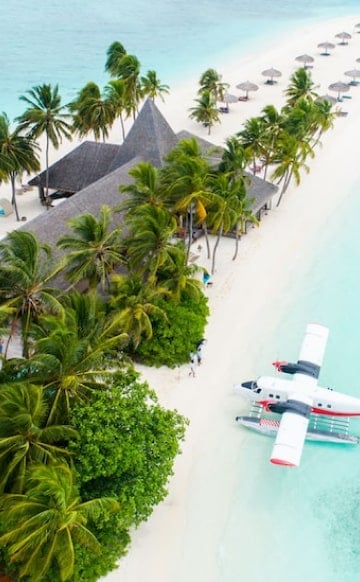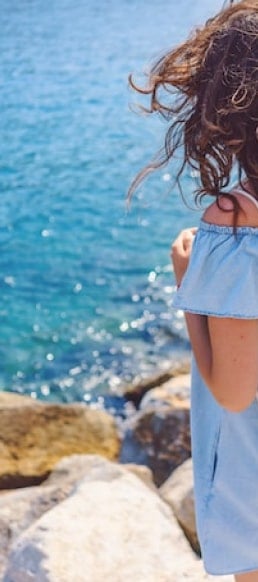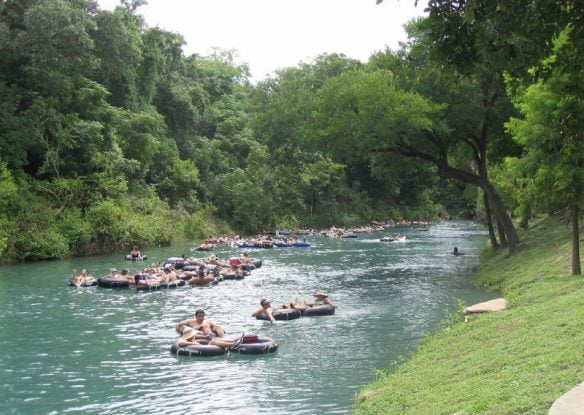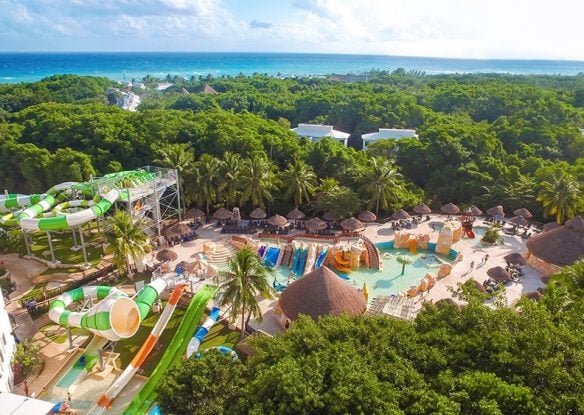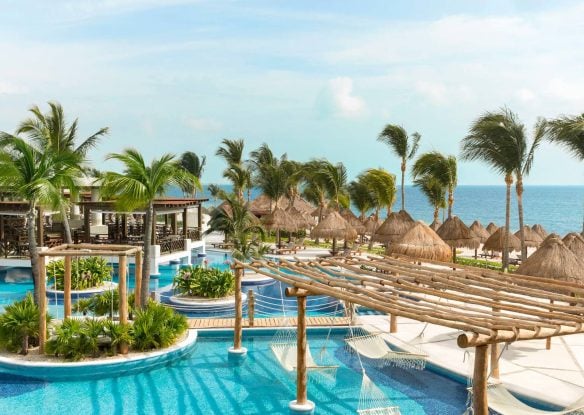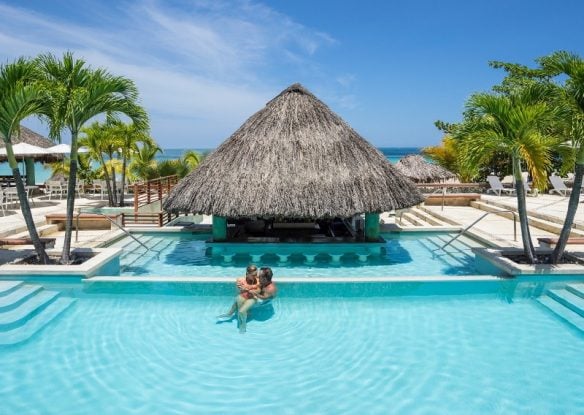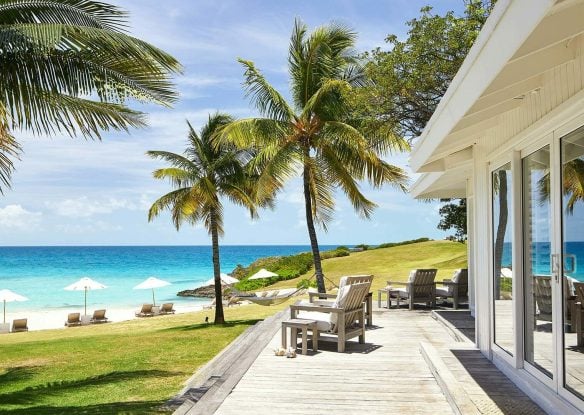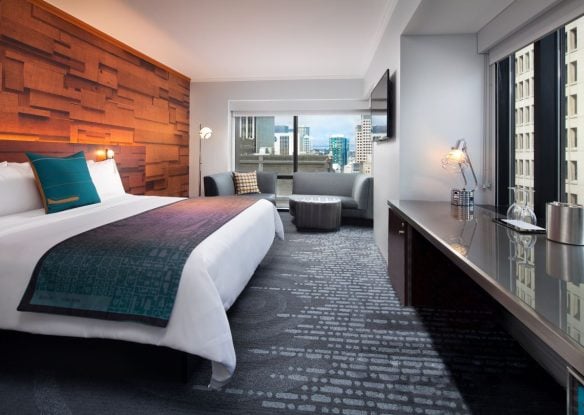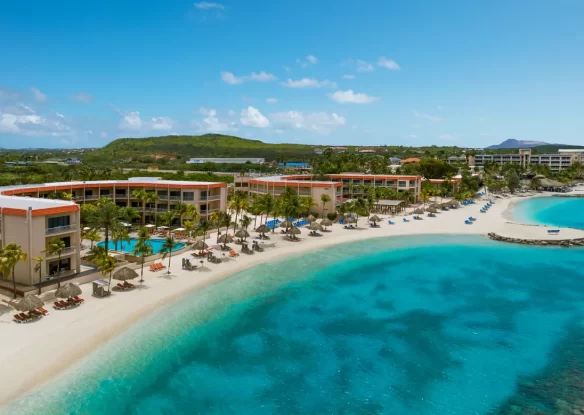There are 700 islands that make up the Bahamas, which extend 760 miles from the coast of Florida nearly all the way to Haiti. Of course, the majority of those islands are uninhabited, but those who want to visit still have practically an overwhelming number of destinations to choose from. If you’re hoping to truly get away from it all, don’t head to the most popular isles like Grand Bahama, consider one of these instead, then explore some of the country’s other top attractions.

The Abacos
The Abacos is situated in the Northern Bahamas, made up of its own 120-mile-long island chain, with Great Abaco Island and Little Abaco serving as the “mainland,” and a string of barrier islands separating them from the Atlantic. Known as the most accessible of the Out Islands, this family-friendly destination boasts white and pink sandy beaches as well as the four national parks, where parrots, orchids and all types of exotic marine life can be spotted. Seeing the famous swimming island pigs makes a visit to this archipelago and especially unforgettable experience. One of the most popular attractions in this remote region, you can see them adorably lounging on the beach, soaking up the Bahamian sun and treading through the clear azure waters. There are also villages that seem locked in another time, turquoise flats, spectacular coral reefs, untouched forests and uninhabited cays, all waiting to be explored.

Cat Island
Cat Island is one of the least frequented and the most beautiful of all the Bahamas out-islands. While it offers outstanding diving off its south shore, this remote island has hardly been touched by tourism, making it ideal for those seeking the ultimate in peace, and unchartered territory. Every inch is perfection, from the weather to the sand, and it even boasts an eight-mile stretch of pink sandy beach. It’s also managed to retain its authentic island flavor, with ripsaw music and Obeah religious practices still surviving. A clear lake known as “Boiling Hole,” is not only home to a legendary sea monster due to tidal conditions that cause “mysterious” burps and bubbles, it’s an excellent place to watch for baby sharks, rays and all sorts of birds that nest along the mangroves that surround it. The island is home to a number of historic landmarks too, including churches, plantation ruins and old buildings, while Griffin Bat Cave was once a hideout for slaves.

Andros
The largest of the Bahama islands, Andros is also the least populated, offering the chance to own a piece of your own island without the high price tag. Here, locals make waterproof straw baskets, batik and other crafts, and visitors will also find mesmerizing blue holes, excellent bonefishing and diving. The island is home to the world’s oldest dive shop, the second largest coral reef in the Western hemisphere, and is covered with vast areas of wetlands that create channels perfect for bonefishing. Many visitors come to experience this “Bonefishing Capital of the World,” by staying at Bair’s Lodge, a plantation-style lodge situated between Deep and Middle Creek on the south end of the island offering a beachfront paradise with a picture-perfect white sand beach, swaying palms, fire pit and access to a flats skiff. The tidal paths found on this part of Andros provides water pathways to access the famous west side while offering protection from the winds, and creating a fertile, bait-rich environment that bonefish prefer.

Eleuthera
This long and slender island is the most historic of the Out Islands, with the first English settlers arriving back in 1648. Much of the architecture and way of life was influenced by these British Loyalists. Here you will find some of the island’s luxury resorts, massive coral reefs that create breathtaking backdrops, and miles and miles of beautiful beach that can often be enjoyed all to yourself, with many stretches of sand relatively deserted thanks to their secluded locales. Although Eleuthera is the fourth most populated island in The Bahamas, home to about 11,000, most who live here either fish for bounty or farm the rolling acres of pineapple plantations. The bakeries lure visitors in with their mouth-watering pineapple tarts from the island’s signature crop – Henry Sands homemade bread even won him an invitation to Princess Di’s wedding.

Long Island
This 80-mile-long island is home to one of the oldest dive operations in the Bahamas. It hosts multiple shallow and deep dive sites, but is most well known for Dean’s Blue Hole, the deepest recorded blue hole in the archipelago at over 600 feet. Friendly turtles and tiny sea horses come to the warm, saltwater pool for a break from the ocean currents, while the coral caves and sand banks on the side of the entrance harbor all types of tropical reef life, from colorful tropical fish to groupers and snappers. The western shoreline of Long Island has soft, sandy beaches edged with rich green mangroves. With the Atlantic to the east, the island is also a fishing, sailing, and yachting paradise.

Harbour Island
Harbour Island, part of Eleuthera, which is actually a chain of islands itself, seems as if it made specifically for romance, with the beaches on the three-mile-long isle filled with tiny foraminifera, red-shelled creatures that give the sand its rosy hue. Its hub, Dunmore Town, was once the capital of the Bahamas, and it still retains picturesque Georgian architecture, marked by pastel-hued buildings, white picket fences and bougainvillea-draped door frames. The island is home to less than 2,000, and only a small number of tourists visit at any given time, providing a laid-back atmosphere that ensures a peaceful escape from the chaos of day-to-day life.

Crooked Island
Remote and unspoiled Crooked Island has little in the way of tourist facilities, but it does boast gorgeous beaches, bat caves and flamingos, and also serves as a turtle nesting spot. One of the four islands that form an atoll hugging the striking shallow waters of the Bight of Acklins, it hasn’t much changed since Columbus sailed down the leeward side through the narrow Crooked Island Passage. There are miles of untouched, white powdery sands, coral gardens, limestone caves and cliffs, remnants of slave and cotton plantations, ancient churches, fortifications and mangrove-lined waterways.

